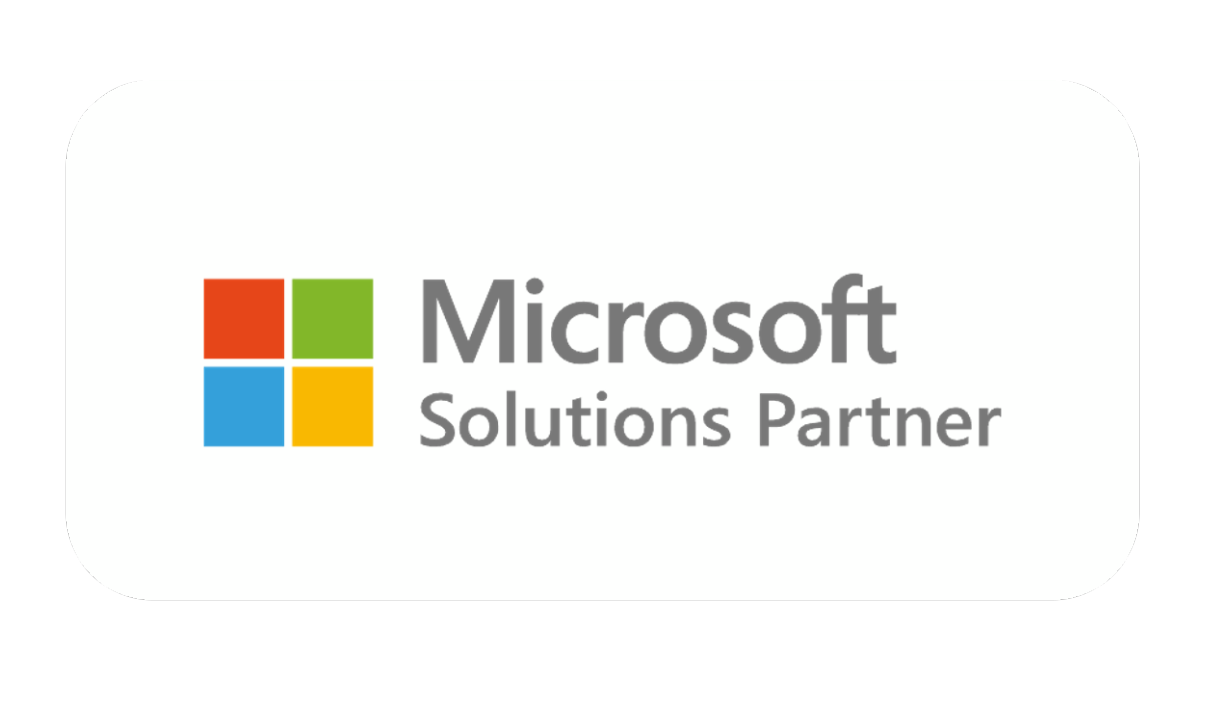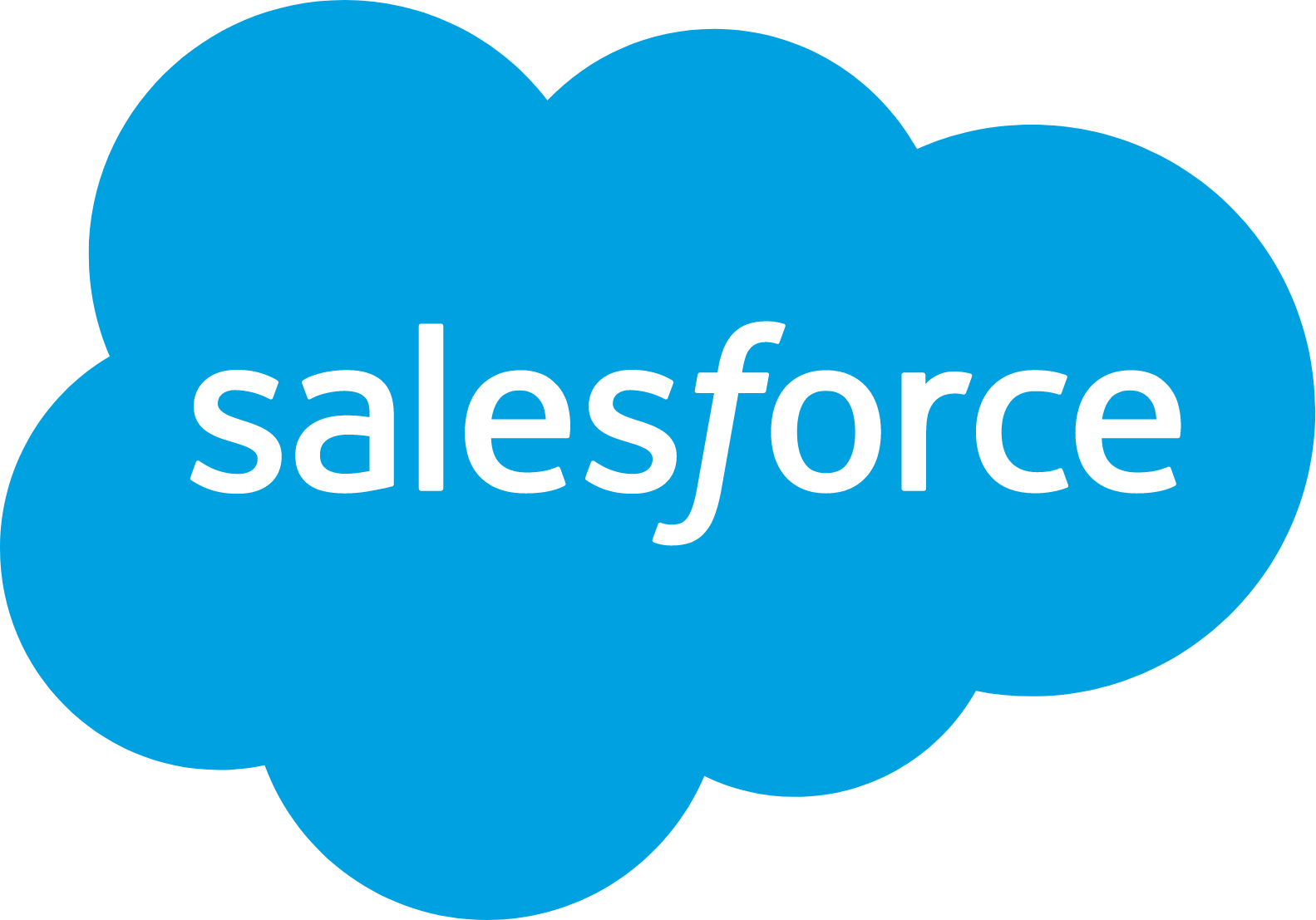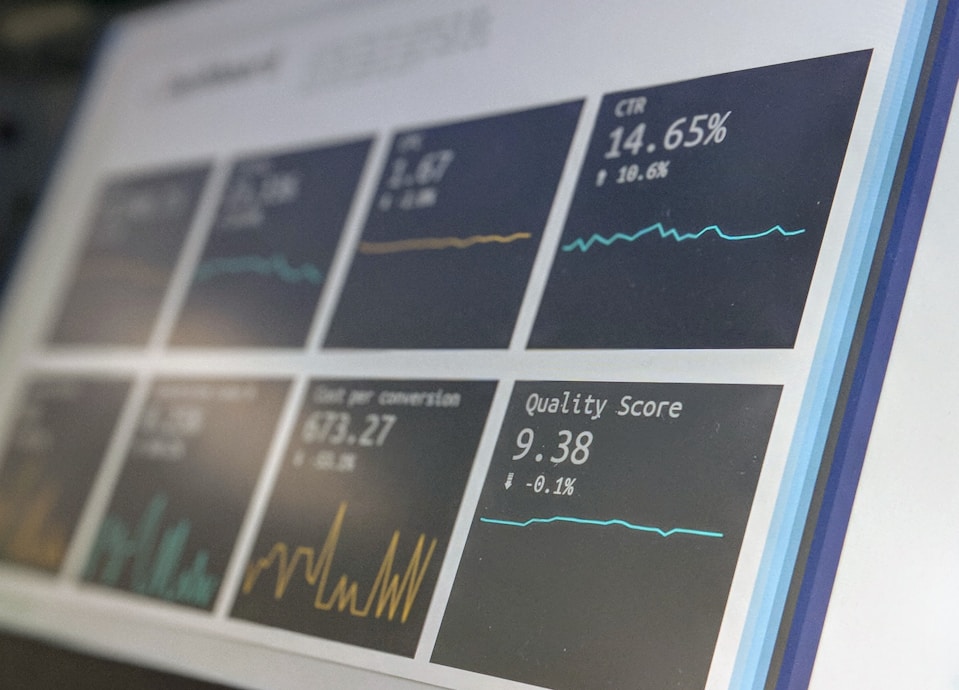Behind many successful businesses lies an ability to keep customers happy, ensuring they can always access their desired products or services. This means items are never understocked. At the same time, companies should wisely plan production or order the right quantity of goods to both meet current demand and avoid overstocking.
But how exactly do you guess how much product your clients will be willing to consume? Well, it’s not a science. It’s all about robust supply chain demand forecasting. When predictions are done strategically, you have all the required insights to end up with happy customers and a balanced inventory.
Your next step is creating a plan on how you’re going to get there. Here, intelligent planning steps in. Based on predictions, it provides an action plan.
Want to know how to succeed in demand planning and forecasting in supply chain management, and discover the role of effective supply chain solutions in it? Let’s delve deeper.
Key Highlights
- Virtual supply chain models create “what-if” scenarios to predict demand changes based on different factors like pricing, promotions, weather, politics, etc.
- The best way to forecast demand for a new product is to employ a qualitative forecasting method, which includes customer surveys, expert interviews, and feedback collection for comprehensive insights.
- Businesses managing multiple supply chains in different regions can benefit from machine learning and predictive models to handle complex, region-specific data in real time.
- Instead of investing in separate tools, it’s better to opt for an enterprise supply chain solution to achieve robust demand forecasting and planning.
Aligning Supply with Demand: How to Nail Supply Chain Demand Forecasting?
Demand forecasting used to be associated mainly with the retail industry. Yet, today, almost every business, no matter the niche, more or less relies on it.
Whether you offer pharmaceutical goods through your pharma app or sell branded clothing through your eCommerce solution, the first thing you need is peace of mind about your inventory management. That is to say, you require accurate supply chain demand forecasting. Let’s skim through the basic methods to assist you along the way.
1. Use Historical Data

Demand forecasting in supply chain management is largely based on historical data. By processing past sales variables, you can identify which kinds of products sold best and which didn’t. Given that, based on historical data analytics, you can precisely decide how much of each product to order or produce for better outcomes.
Discover how to Elevate Stock Planning With Data Analytics
2. Opt for Qualitative Forecasting
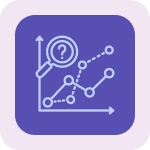
While historical variables can be pretty useful, you can’t always rely on them to forecast demand. Let’s say you’re going to launch a new product and assess its possible consumer demand. Obviously, you do not have past insight to process.
So, here, it’s better to employ a qualitative forecasting approach. It’s a combination of several methods that help you predict the demand for your new goods as effectively and accurately as possible. Here are the methods qualitative forecasting includes:
- Delphi method: Perform multiple surveys with industry experts to get consensus.
- Customer surveys: Collect feedback from potential consumers about basic insights like shopping habits, preferences, preferred amount to spend, and the like.
- Focus group interviews: Discuss the product with various types of consumers to assess potential demand.
- Market demand analysis: Study market trends and research competitors with similar offerings to predict sales potential.
Of course, processing so many variables can be tricky, but with robust supply chain solutions, you won’t have to give it another thought. Today, these applications integrate AI and ML to handle huge datasets and process them promptly and with great accuracy.
3. Employ Simulation Models
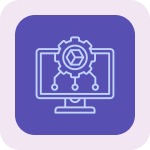
The demand for a product depends heavily on several factors, like pricing, promotions, weather conditions, and even political events. If you want to assess those factors on your sales, then simulation models can serve best.
Specifically, they help create “what-if” scenarios and estimate demand under different conditions. For example, you can build a virtual model of your supply chain and see what happens if prices suddenly rise due to an economic situation. This way, you can understand how current conditions might change the demand for your goods.
Learn more about how robust Data Analytics Improves Supply Chain Operations
In some cases, it can be quite challenging to accurately forecast customer demand. Factors like seasonal fluctuations, pricing, promotions, weather conditions, and even political events can lead to uncertainty in demand patterns. Simply put, making customer needs unpredictable.
To overcome this and avoid ending up with overstock or understock, businesses may utilize demand sensing. That is, they create “what if” scenarios to evaluate possible factors that could impact product demand. This way, they can better assess the effect of current conditions on market needs and adjust their inventory accordingly.
4. Leverage Sales Force Composite Method

Who, if not your sales team, should ideally know everything about your sales and customer preferences? So why not include them in the demand forecasting process?
The sales force composite method suggests exactly that. You bring your team together for brainstorming, where they share insights about sales, marketing campaign effectiveness, and customer preferences. Based on these variables, you may be prepared for future outcomes. But note, this method works best for forecasting local demand.
5. Utilize ML and Predictive Analytics Models

Unlike the previous approach, this one is perfect for dealing with large and complex datasets. Let’s say you manage supply chains in different regions. Obviously, you should forecast demand for each separately.
You see, customer attitudes toward your goods depend on factors like cultural differences, economic conditions, social media trends, weather, and holidays. That is to say, the same product may be valued individually in different regions.
So here, supply chain solutions, powered with machine learning algorithms and predictive analytics, will save the situation. Based on historical data across different regions and real-time data analytics, they can accurately predict the reliable stock level in certain regions.
Tap into the groundbreaking Opportunities ML Offers to eCommerce
Bringing Forecasts to Action: Key Aspects of Smart Demand Planning
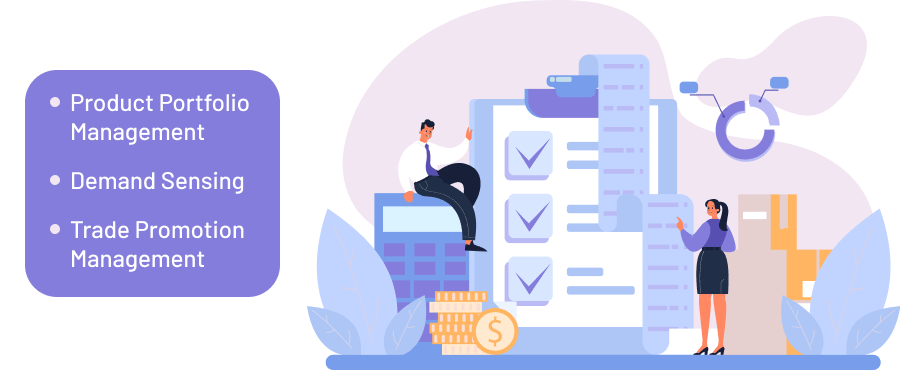
We’d love to say that after completing supply chain demand forecasting, you may relax. Yet, there’s still work to be done. Specifically, you need to plan how you will meet the market need.
Frankly speaking, an effective supply chain demand planning process is no walk in the park. Its main goal is to make sure you have the exact quantity of products in your inventory: no more, no less. On top of that, the planning process might ensure the business is ready to meet demand spikes during promotions or seasonal sales.
To get there, the planning phase heavily relies on forecasting methods and goes even further. Let’s have a look at the core three aspects of effective demand planning.
Product portfolio management: Helps assess the lifecycle of the products to identify which items to prioritize, promote, or phase out. Additionally, it assists in understanding how the demand for one item can influence another, leading to better production planning.
Demand sensing: Mixes historical data with real-time analytics to provide quick updates on what’s changing over the given short period. Thus, helping you adjust inventory in real-time to wisely meet consumer demand.
Trade promotion management: Forecasts the impact of upcoming promotions, making sure the inventory is balanced to meet them. Additionally, helps align budgets and trade expenses with sales goals.
Oftentimes, supply chain demand forecasting and planning are considered the same. Though they look a bit similar, they serve different purposes and complement each other.
At its core, forecasting focuses merely on prediction. Its main goal is to estimate the exact amount of goods customers will be willing to buy during a given period. Whereas planning takes action based on those insights, aiming to ensure the business will have the right item in the right spot at the right time.
The Right Tools Are Half the Battle: How to Boost Supply Chain Planning and Forecasting
When it comes to effective supply chain demand management, you probably understand that everything starts with the ability to smoothly process and present data. Meaning, you need the right tools by your side.
Well, you may consider utilizing Microsoft Excel or Google Sheets for your small business to process variables and gain visual insights. Alternatively, BI tools can serve best for bigger companies aiming to automate data collection and simplify analysis.
BI for Business
Find out the secrets of how business intelligence boosts operations and what BI tools and practices drive data analysis.
But let us be honest, nothing elevates supply chain management better than enterprise solutions. Of course, you may consider that enterprise products are more costly and harder to design, yet they are capable of handling plenty of tasks smoothly and efficiently.
At the end of the day, in the long run, enterprise solutions can turn out to be way more budget-friendly than employing multiple tools separately. Now, let’s back this up with some solid reasoning.
1. Seamless Integration
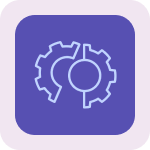
The ability to maintain seamless connections between different systems, whether it’s a CRM platform, IoT devices, or external market feeds, is the bread and butter of successful demand forecasting and planning. And supply chain enterprise solutions offer precisely that: simple and seamless integration capabilities.
A smooth data flow between platforms leads to more transparent operations and rational resource planning.
Have a look at more Functionalities Making ERP a True Choice for Businesses
2. Advanced Data Engineering
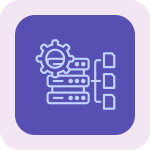
In addition to ensuring smooth data flow, supply chain systems also serve as a centralized platform to collect and organize huge datasets. This centralization supports robust data engineering by enabling effective data cleansing, validation, and integration.
It gives peace of mind that everyone works with the same accurate and up-to-date information. This, undoubtedly, elevates demand forecasts and the planning process.
Learn more about how to Prepare Your Data for Robust Analytics
3. Workflow Automation
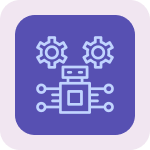
Another benefit to consider from supply chain software is the ability to make many business processes hands-free. Generally speaking, you may automate data collection from sales, inventory, supplier portals, IoT devices, and other sources, making business operations both faster and more accurate.
All of this becomes possible thanks to modern technologies, e.g., artificial intelligence, machine learning, and robotic process automation, which custom supply chain solutions widely employ.
Find out compelling reasons making Automation a Must for Your Business
Accurate forecasting is all about processing crucial insights like historical sales variables, inventory levels, supplier data, market trends, promotional data, customer feedback, etc. You probably see how many variables you need to handle, and hardly can you make this process both error-free and fast without AI in place.
Besides simplifying and speeding up the analytics, AI also provides real-time data on factors such as weather conditions, economic trends, and market changes, which can significantly impact clients’ choices. As such, businesses can promptly adjust their inventories to stay competitive and minimize losses.
4. Comprehensive Module Management

The right combination of modules, like logistics and transportation, inventory coordination, purchase order execution, warehouse management, and procurement, are building blocks of robust supply chain management. Over time, your business may evolve, meaning you will need to change or customize these modules or add others.
Enterprise solutions designed for supply chains typically come with a wide selection of modules and make it easy to change or integrate new ones without disrupting existing operations.
Before You Begin: Tackling the Challenges of Demand and Supply Forecasting
So far, we have covered plenty of benefits to reap from accurate supply chain demand forecasting and planning. We also skimmed through the core methods and tools to assist you along the way. However, before the start, be sure you’re prepared to navigate the following pitfalls. Otherwise, all your efforts may fall short.
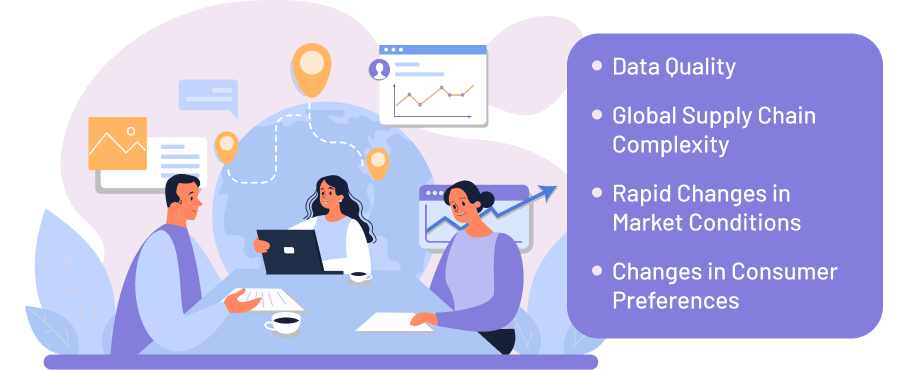
Data quality: Sure thing, if you process inaccurate and siloed data, your forecasting won’t be reliable. Yet, achieving data quality is not a walk in the park, especially when you collect it from multiple sources in different formats.
Global supply chain complexity: If you manage supply chains in different regions, you need to establish clear communication with different suppliers, adhere to local regulations, and always stay aware of nuances that can change local market demand. Achieving this can be tricky.
Rapid changes in market conditions: Some unprecedented factors, like economic shifts, geopolitical events, or unexpected disruptions, can totally change the situation, thus making your previous forecasting less reliable.
Changes in consumer preferences: Relying on historical variables is a wise move. However, customer needs are evolving, and what worked in the past may not be a thing in the present. That is to say, changes in consumer preferences may significantly impact demand forecasting accuracy.
Find out technologies to Elevate Supply Chain Risk Management
Mastering Your Supply Chain Management
Never too much, never too little! Who doesn’t want to achieve a balanced inventory? The only way to get there is through accurate supply chain demand forecasting and planning. We’ve highlighted key methods to assist you along the way.
To double your efforts, it’s good to have an effective supply chain solution: one that will serve your business needs and grow alongside your venture.
If you want to elevate your supply chain management and build a compelling solution, Velvetech, with its solid experience in this niche, can take the burden off your shoulders.
Contact us, and let’s put our money where our mouth is and show the results.





